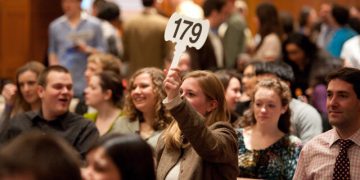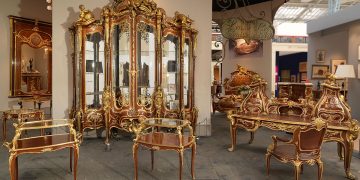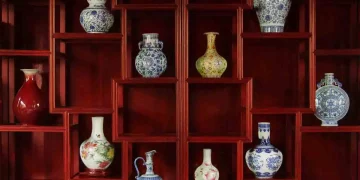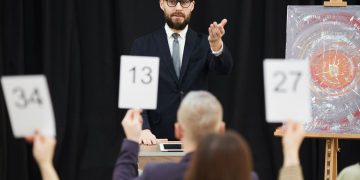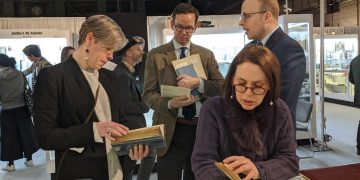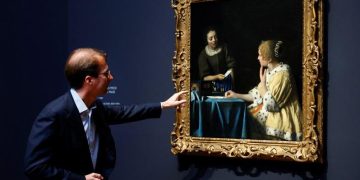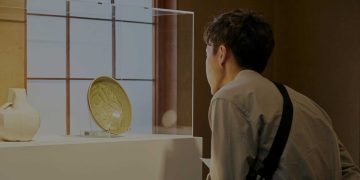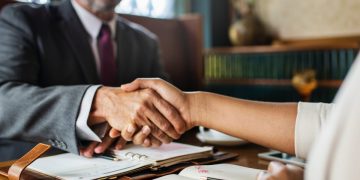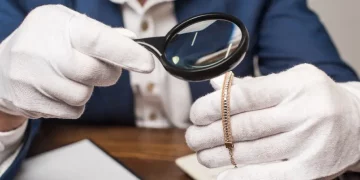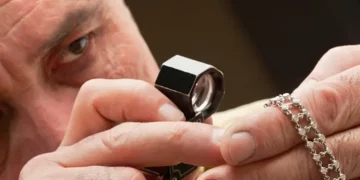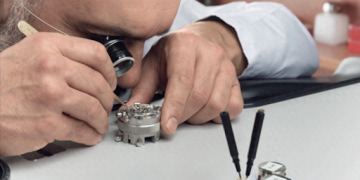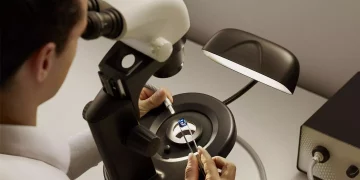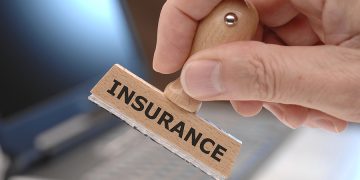In the world of collectibles, whether it’s rare art, vintage watches, luxury items, or sports memorabilia, the potential for fraud is ever-present. Counterfeit collectibles, ranging from fake paintings to replica antiques, are a serious problem in the market. While it’s easy to get swept up in the excitement of purchasing an item, the fear of being scammed can be just as real. To protect your investment and ensure you’re getting what you’ve paid for, mastering the art of authentication is essential.
This article will outline effective methods and key indicators to help you identify fake collectibles and avoid counterfeit items.
1. Understand the Importance of Provenance
Provenance refers to the history of ownership of a collectible item. It’s one of the most powerful tools in determining whether an item is genuine or fake. An item with verifiable provenance comes with a documented history of its previous owners, auctions, and sales, which adds to its authenticity.
Why Provenance Matters
- Traceability: A well-documented provenance helps establish the item’s authenticity and ownership history. For example, an artwork with a proven history of past owners and exhibitions is much more likely to be genuine than one with no records.
- Paper Trail: Provenance often includes auction receipts, exhibition catalogs, or other certificates that validate the item’s authenticity.
How to Verify Provenance
- Ask for Documentation: Always request detailed records of the item’s provenance, including receipts, certificates, and any exhibition or auction history.
- Research the Ownership History: If possible, trace the item’s history back to a reputable source. Museums, galleries, and well-known auction houses typically offer clear records for their items.
- Cross-check Sources: Verify the authenticity of the documentation. Look for discrepancies or signs of tampering, such as inconsistent signatures, mismatched dates, or fake stamps.
Tip: The absence of provenance is often a red flag. If a seller cannot provide any verifiable documentation, proceed with caution.
2. Learn to Spot Common Red Flags in Visual Features
Recognizing the visual characteristics of fake items can be one of the quickest ways to identify counterfeit collectibles. Fake items, whether they’re paintings, watches, or antiques, usually have distinctive flaws that separate them from the genuine article.
Artworks and Paintings
- Brushstrokes: In paintings, authentic brushstrokes should have a natural texture and variation. Counterfeit artists often lack the skill or understanding to replicate natural brushwork, and their strokes may appear unnaturally uniform or flat.
- Materials: Older artworks were typically created with natural materials like oil paints, canvas, and wood panels. Modern fakes may use synthetic materials like acrylic paints or canvas made with different fibers, which can be identified through various testing methods.
- Signature Examination: The artist’s signature is crucial for authenticity, but signatures can be forged. Look at the style of the signature, its position on the piece, and its overall placement. Some forgers may replicate a signature poorly, so study known examples of the artist’s real signature.
Watches and Jewelry
- Weight and Feel: High-end watches are typically heavier and feel more substantial than their counterfeit counterparts. Many fake watches use lighter materials that are less durable, such as cheap metals or plastic.
- Movement: The internal mechanisms of a watch are often the hardest to replicate. Genuine luxury watches like Rolex or Patek Philippe have unique, finely-tuned movements that are difficult to copy. A simple test involves the watch’s second-hand: it should glide smoothly across the dial without ticking (which fake watches often imitate).
- Serial Numbers: Check the serial and model numbers, which should be engraved into the metal. Fake watches often feature poorly engraved or inconsistent numbers, which can be easily spotted under magnification.
Antiques and Furniture
- Craftsmanship: Authentic antique furniture typically displays exceptional craftsmanship, including hand-carved details, traditional joinery methods (e.g., dovetail joints), and high-quality materials. Fakes may exhibit machine-made or poorly crafted details.
- Patina: The natural aging process creates a patina on older items, including wood, leather, and metal. A fake antique will lack the distinctive aging process, such as subtle discoloration or worn edges, which are a sign of genuine age.
Tip: Get a magnifying glass or jeweler’s loupe to examine the intricate details of your collectible. This will allow you to inspect fine details, like the artist’s brushwork, engravings, and materials, more closely.
3. Utilize Professional Authentication Services
When in doubt, relying on professional authentication services is one of the safest ways to verify a collectible’s authenticity. These experts specialize in identifying forgeries and providing formal certifications.
Art Authentication
There are many reputable art authentication organizations and experts who can verify the legitimacy of a painting or sculpture. These services typically require a detailed examination of the artwork, including the signature, materials, and provenance. Some experts may also perform scientific tests, like pigment analysis, to confirm the artwork’s age and origin.
Watch and Jewelry Authentication
For high-end watches, several independent organizations specialize in verifying luxury watches. For example, Rolex has authorized authentication experts who can verify the authenticity of a timepiece. Similarly, major jewelry brands like Tiffany & Co. or Cartier provide authentication services for their pieces.
Third-party Grading
For items like comic books, baseball cards, and coins, third-party grading services can be extremely helpful. These services assign a condition grade to items, helping buyers understand their true value and authenticity.
- Grading Companies: Examples include CGC (Comic Book Grading Company), PSA (Professional Sports Authenticator), and NGC (Numismatic Guaranty Corporation) for coins. These organizations provide a reliable grading system based on condition and authenticity.
Tip: Always opt for established, reputable professionals when seeking authentication. Avoid relying on questionable or unverified third-party appraisers.
4. Use Technology to Your Advantage
In the modern age, technology has become a powerful ally in the fight against counterfeit collectibles. Many modern authentication methods utilize scientific tools and digital resources to verify authenticity.
Infrared and X-ray Imaging
For artworks, infrared and X-ray imaging can reveal underlying layers or modifications to the piece, helping experts determine whether it’s a forgery. These technologies can identify changes in the original composition or confirm whether the work has been retouched or altered.
DNA and Material Analysis
Some modern methods use DNA or chemical analysis to determine the authenticity of rare items like books, antiques, or artifacts. For example, paper can be analyzed for its fiber composition, while fabric can be tested for age or origin. In some cases, scientific analysis of pigments or metals can help verify an item’s age.
Blockchain Technology
A more recent innovation in the world of collectibles is the use of blockchain technology to track and verify ownership. Some artists and sellers are using blockchain to create digital certificates of authenticity that are immutable and traceable. These certificates are stored on a blockchain ledger, making it almost impossible to forge or manipulate ownership records.
Tip: Take advantage of modern authentication tools, especially for high-value items. Many online platforms and auction houses are adopting these technologies to provide more transparency in the process.
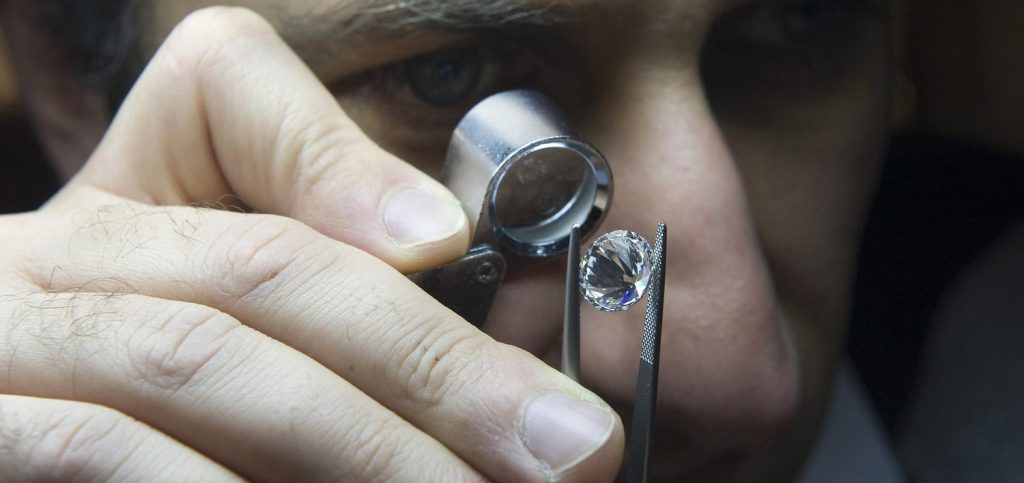
5. Compare with Trusted Sources
A great way to confirm authenticity is by comparing the item you’re considering with verified examples from trusted sources. This applies to art, antiques, luxury items, and even limited-edition collectibles.
Research Online
Most major auction houses, such as Sotheby’s and Christie’s, maintain comprehensive online archives of past sales, including detailed descriptions and photographs. By comparing an item to known, authenticated examples from these sales, you can gain insight into its authenticity.
Use Expert Databases
For certain collectibles like vintage cars, fine art, and rare coins, expert databases and catalogs exist that track known pieces. These databases can serve as a benchmark for spotting fakes.
Reputable Dealers and Galleries
Always buy from trusted dealers and galleries with a history of handling authentic collectibles. Renowned experts, like reputable antique dealers or art galleries, usually have a track record of genuine transactions and will offer you the reassurance of authenticity.
Tip: Cross-reference with established databases and compare your item to those sold at trusted auction houses or dealers.
6. Trust Your Instincts: Buyer Beware
While authentication techniques and professional services are essential, it’s equally important to trust your instincts as a buyer. If something feels off or too good to be true, it probably is.
Price vs. Value
If a collectible is being sold for far below market value, it’s a major red flag. Counterfeit items often surface at unusually low prices to attract unsuspecting buyers. Always question why the item is priced so low and if the seller has a credible background.
Suspicious Behavior
If a seller is reluctant to provide proof of authenticity or doesn’t answer your questions adequately, it could be an attempt to hide the truth. Authentic sellers should be transparent, willing to provide detailed information about the item’s history and condition.
Tip: Don’t let emotional excitement cloud your judgment. Always ask the right questions, do your due diligence, and avoid rushing into a purchase.
Conclusion
The market for collectibles can be both rewarding and risky. With so many counterfeit items circulating, it’s essential to be vigilant and knowledgeable when purchasing. By mastering provenance research, learning visual indicators, utilizing professional authentication services, and employing modern technology, you can protect yourself from falling prey to counterfeit collectibles.
Authenticating a collectible takes time, patience, and sometimes money, but it’s worth the effort to ensure that your investment retains its value over time. So, before you make your next big purchase, arm yourself with the knowledge and tools to confidently navigate the world of collectibles and avoid the pitfalls of counterfeit items.


